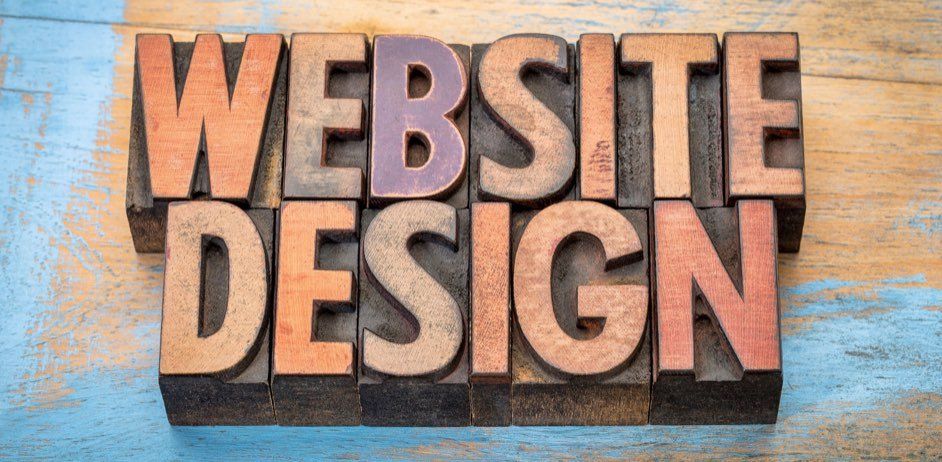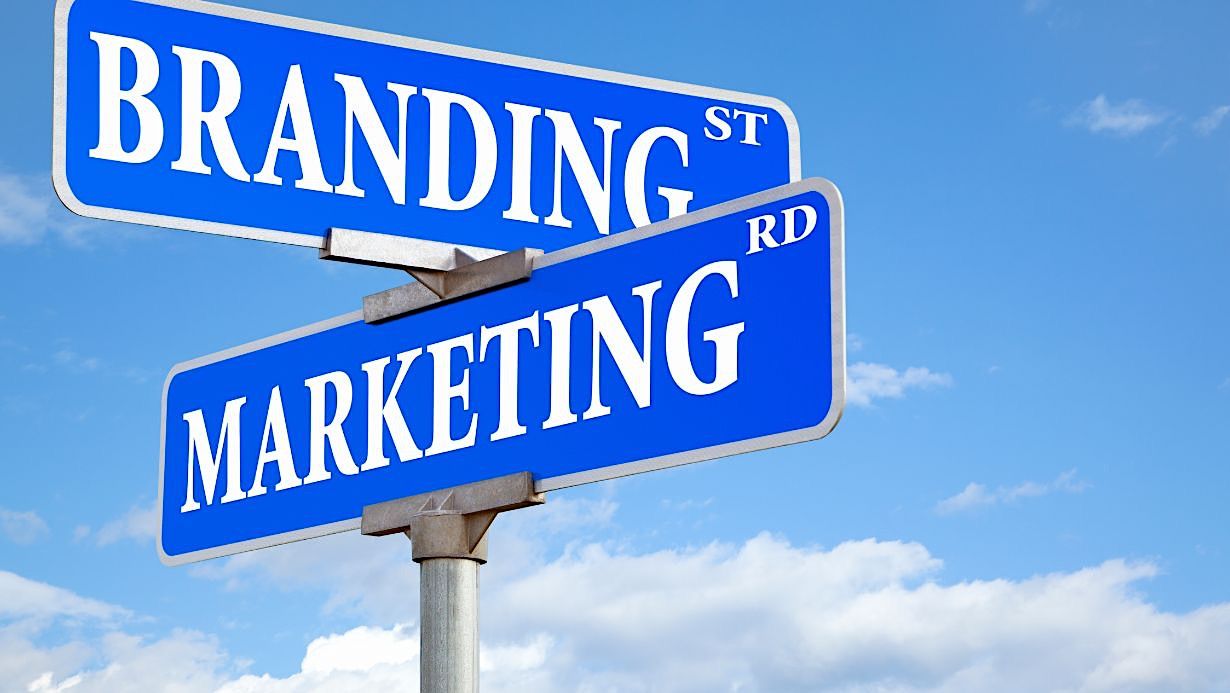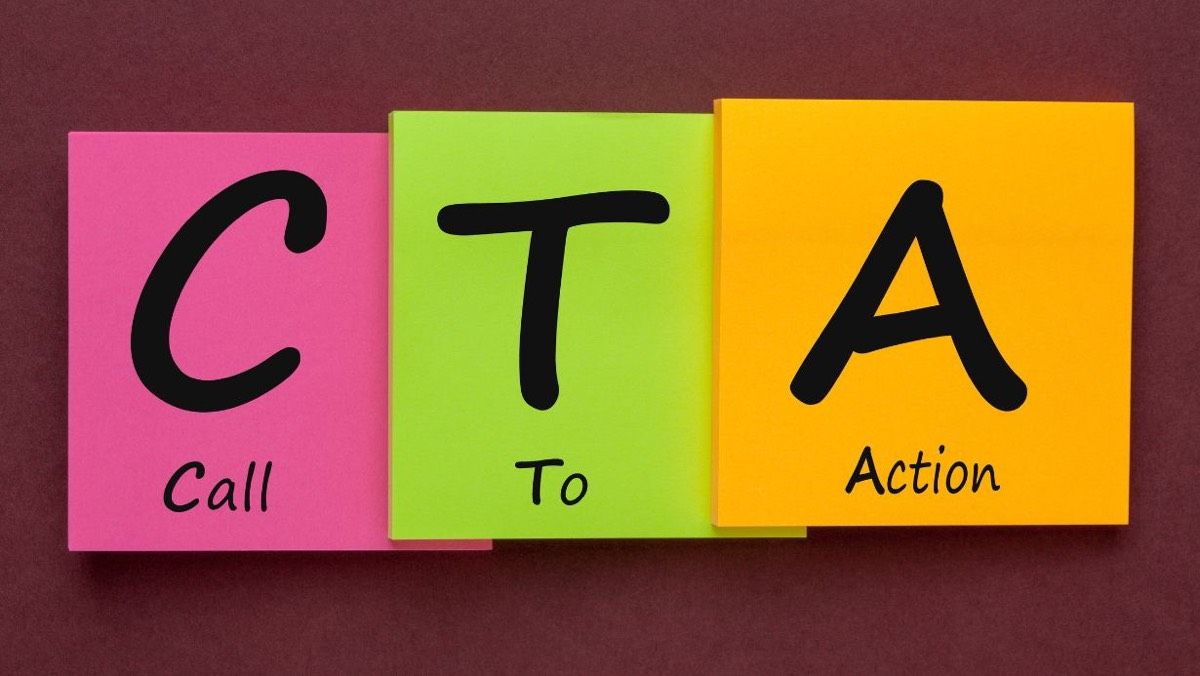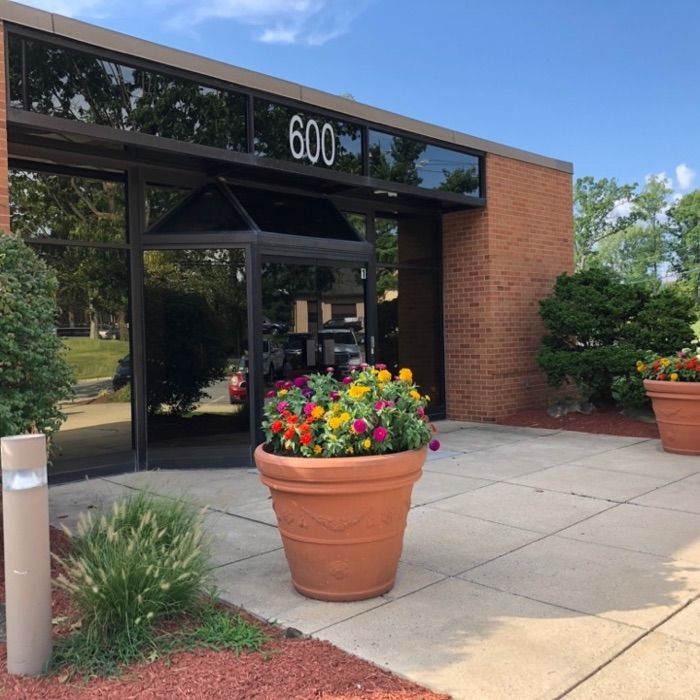10 Elements For an Effective Website
The cornerstone of any digital marketing strategy is an effective, hard working website. Unfortunately, with over 127 million websites in play, it can be challenging to create a site that stands out from the crowd, and one that potential customers can easily find when doing a search. However, if you want to grow your business, it is definitely worth the effort. Lets face it - the amount of time your customers spend online is growing by the year.
From 2000 to 2020, internet usage increased by 1,266%, and today 90.3% of North Americans use the internet daily. Furthermore, Forbes reports that “62% of U.S. shoppers say they shop more online now than they did before the pandemic.”
What is an Effective Website?
We've compiled a short list below of the most important elements needed for a highly effective website. We encourage you to use this list to see how your site stacks up, and to make improvements where needed.
10 Elements of an Effective Website
User-Focused
When developing your website, you should keep your target audience in mind at all times. What design will appeal to them? What questions will they have? What are their pain points? Where do they spend their time online? For help in improving user focus, see our post: Six ways to improve website usability and generate more sales.
Keep everything on your website consistent – backgrounds, colors, font, text tone, and overall look and feel. Consistency provides a better user experience and helps brand your business.
Pleasing Aesthetics
We know the old adage, “Don’t judge a book by the cover,” but that doesn’t apply to web design. Research confirms that 94% of users’ first impressions relate to a site’s web design and 75% of website credibility comes from design. But what makes pleasing aesthetics?
- A color scheme that is pleasing and suits your brand
- Fonts that are easy to read
- Content that is easy to read, skim, and understand
- White space to provide breaks between text and other elements
- High-quality images that engage and inform
- Compelling Graphics
- Consistency in design
Great Content
Visitors are coming to your website for helpful information. Great content helps deliver on that promise. It allows visitors to skim your page, quickly find whatever they are looking for, and clearly understand the next step. Here are some tips for writing great content:
- Keep your target market in mind
- Use powerful words
- Be Concise
- Write Like You Talk
- Keep it simple
- Don’t try to impress with big words or technical jargon
- Write to inform
- Put the most critical information at the top
- Use keywords, headings, bullet points, and shorter paragraphs
Easy to Navigate
When you’ve finally succeeded in getting someone to your website, you need to make it quick and easy for them to find what they’re looking for. If you don’t, they will move on to a competitor.
Include a "sticky" navigation bar at the top of your website that continues to be visible as viewers scroll down the page. Include links within your text that clearly indicate where those links go. Be consistent by using the same terminology, location, and colors for navigation.
Clear Calls to Action
A clear Call to Action (CTA) lets visitors know what step they should take next. Depending on your product or service and where the visitor is in the sales funnel, that step could be to sign up for emails, schedule an appointment, start a free trial, learn more, make a purchase, etc. Your CTA should be front and center and show visitors why they should take that action.
Responsive
Responsive web design adjusts content according to the users’ needs. Images and text automatically resize and move to fit whatever device a visitor is using. In 2021, according to Statcounter, 55.04% of website traffic came from mobile devices, and 2.48% came from tablets. And 54% of Americans shop on their mobile phones.
According to Hubspot, “73.1% of web designers believe that a non-responsive design is a top reason why visitors leave a website.” Therefore, your website should look just as good and be as easy to use on cellphones and tablets as on desktops.
Credible
Pretty much everyone is aware of the multitude of dishonest people and scams on the internet, so if you want visitors to take the next step – give you a call or make a purchase – your website should convey credibility and trustworthiness. Some ways to do that include:
- List a physical address
- Keep your contact information prominent
- Include testimonials and/or reviews
- Publish privacy policy and terms of use
- List professional memberships and affiliations
- Use a design that looks professional
- Provide well-written and easy-to-understand content
- Put a face to your business with an About page
- Use a custom domain
- Be sure any email addresses listed use the same domain as the website
SEO Strategy
If you build it, they will come is not the best strategy for a business website. Instead, you need to have a Search Engine Optimization (SEO) strategy that drives people to your website. SEO strategies can be divided into two main categories – on-page SEO (aka on-site) and off-page (aka off-site) SEO.
On-page SEO is built into your website, and uses keyword optimized content in these elements:
- Headings and Subtitles
- Page text
- Meta Descriptions and Meta Titles
- Alt Text
- File names
Off-page SEO is determined primarily by other websites that connect to your website, known as inbound links. An inbound link (aka backlink) is a link connecting to your website from another website. Inbound links from high quality, highly ranked websites are the key. Low quality, spam links will do much more harm than good -- avoid them at all costs.
Engagement
Wikipedia states, “Engagement measures the extent to which a consumer has a meaningful brand experience.” You’ll know your website is engaging if visitors spend time on your website pages, click on links, and respond to your CTAs.
Higher engagement translates to more conversions and increased sales. You can use Google Analytics to view the average amount of time viewers spend on each page of your website. Pages with a low average view time are prime candidates for improvement.
If you focus on improving the elements we’ve discussed you should see higher engagement.
The Easy Way to a Better Website
There is a lot of information in this blog post that you can use to create an effective website, but is that is the best use of your time? Would your time be better spent focusing on running your business?
If you'd like help with redesigning your website then call PMI at 484-297-6395 or contact us online to discuss a highly effective website for your business!
















